Life isn’t always fair, nor a fairy tale. But I promise, today’s story has its happy ending.
Our research team has been working in Samadai for a long time, we have been collecting photo-identification data of the Samadai spinner dolphins for almost a decade now, although not continuously. And the picture gets clearer and clearer every year. But this is OUR story and it’s not the one I want to tell you. Today story is far more interesting; it’s a snapshot of the Life in the Wild we were lucky enough to catch. So here it goes…
Once upon a time,
there was a young and bold dolphin, her name was a whistle. We couldn’t whistle on a keyboard so we named her Incubo. Incubo isn’t a very nice name for a little dolphin, in fact in Italian it means “nightmare”. But she used to be SO friendly and SO playful that it was impossible to work when she was around: she wanted all the attention and we were happy to please her. Such a nightmare to work in such conditions, don’t you agree?

Young Incubo associated with her mother (LEFT) and showing off (RIGHT) in 2005 and 2006, respectively. (Photographer: Marina Costa)
It was November 2005 the first time we met her, back then we didn’t even know it was a she, we would have found out her gender only six years later. She was swimming with other dolphins, mostly other youngsters, like her. But other times she was swimming alongside a much older dolphin, her mom. Incubo’s mother was larger and more robust and darker in colouration. In 2005 Incubo was probably around four years old. During the next year she became more and more independent from her mother and more and more curious about her surrounding, us included. She visited Samadai almost every time we did and when she was not around we couldn’t help but notice it and think “mmhh that’s weird, where’s Incubo?”. She never failed to relieve us of our worries.
When we resumed our work in 2010, we were extremely happy to see that Incubo was still visiting Samadai as much as before! She was larger now and it seemed she had lost interest in us. Fair enough, she was a lady now. Not only that, in 2011 she was pregnant too! After about ten month gestation, Incubo’s baby made its appearance in July. Inseparable, Incubo’s and her baby swam and played together throughout the winter.
One day though, in March 2012, we spotted Incubo. Alone. She had lost her (probably) first calf. That’s actually pretty common in dolphins, still, we were saddened by this news.
That summer she spent a lot of time babysitting or swimming with the males. Life goes on, and the next summer, in July 2013, another baby debuted in Samadai on Incubo’s side.

2013. Incubo was seen pregnant in early June and accompanied by her second baby in July. (Photographers:Maddalena Fumagalli/Amina Cesario)
Unfortunately, only one month later, we saw her coming in Samadai with a large shark-bite shaped injury on her peduncle and no sign of her newborn baby. We like to picture our hero interposing her own body between her baby and the shark, making every effort to avert such a loss. She got badly injured; her swimming was slow and somewhat unnatural. The injury looked severe and Incubo was losing a lot of weight.

August 2013. Incubo survived a non-fatal shark attack. Her second calf was nowhere to be seen. (Photographer: Amina Cesario)
We felt sad, useless, and impotent. We were not sure we would have seen her the next year. Right after the attack the other dolphins were not grouping around her, but after a few weeks some of the old Incubo’s friends started to join her again.
The pod is family, it is a safety net. Spinner dolphins rely on their companions for feeding: they cooperatively circle their preys at night-time and when the preys are condensed in one huge ball they sprint trough it and hunt squids and small fishes. Hence, considering Incubo’s injury and her inability to swim normally, I wouldn’t be surprised if the group shared the preys with her.
One year later, 2014, new pictures coming in: she looked perfectly healed! Nature is tough… and so is Incubo! Towards the end of the summer she also carried the typical toothrakes marks that males leave on female bodies when engaging in mating behaviours. We felt relieved and hopeful.
But our survivor can’t stay far from troubles! In September, together with a few other dolphins she got trapped within the shallow waters of the Marina of Marsa Alam. Luckily they were spotted and led out back in the open sea (read the details here). HEPCA team we salute you!
Now that you all know Incubo and hopefully share the same attachment to her as we do, you too will be cheering and celebrating with us our latest news!
When I received the images collected this year, without even knowing it, I was looking for her…
Incubo is back, safe and sound! And not only that, she has a new baby, a new hope, a new challenge. Go Incubo!!!
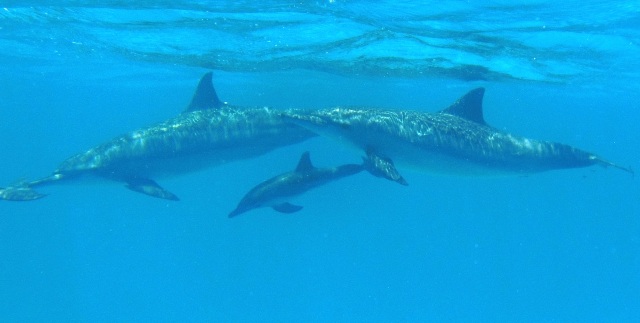
July 2015. Incubo is back, together with her third newborn. And she keeps her distance from the researcher! (Photographer: Micol Montagna)
And if divided we fall, well, together we don’t only stand, we thrive!
Amina




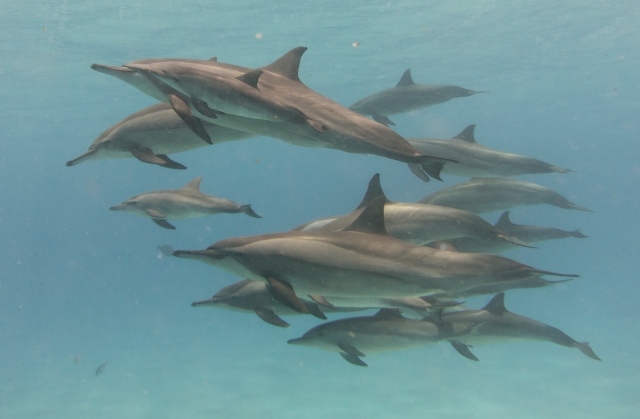


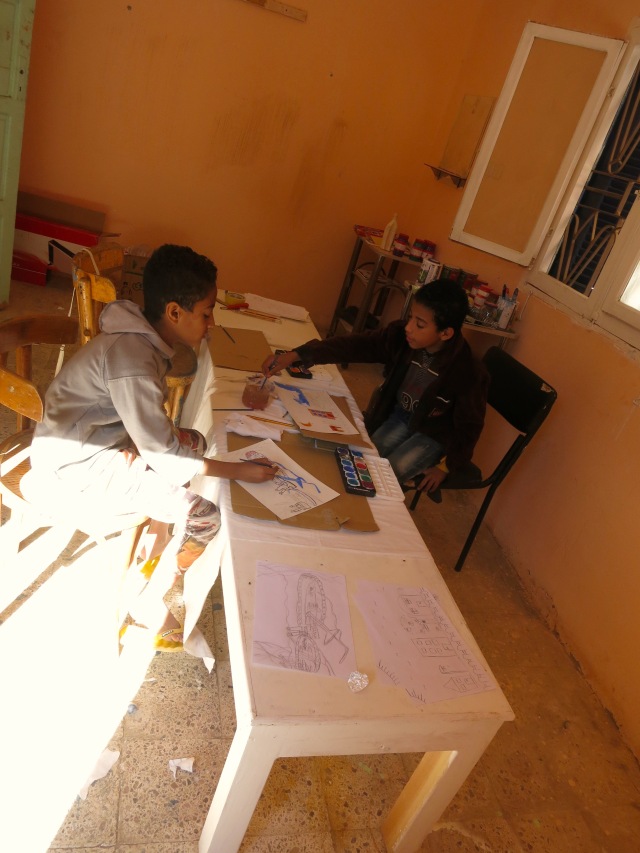


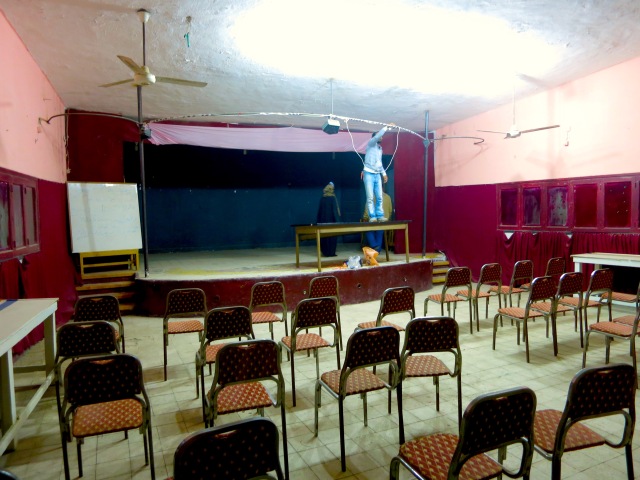

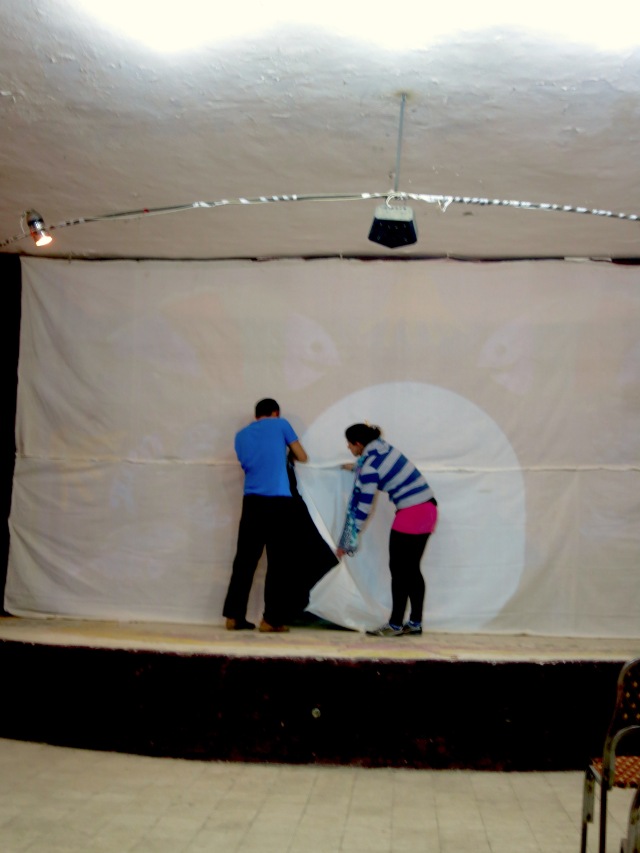
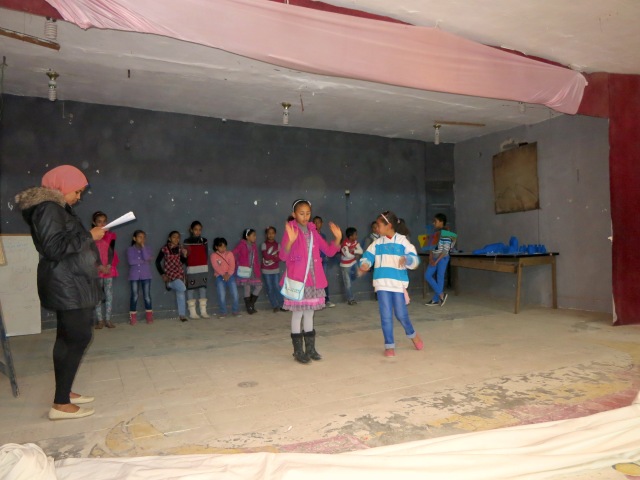





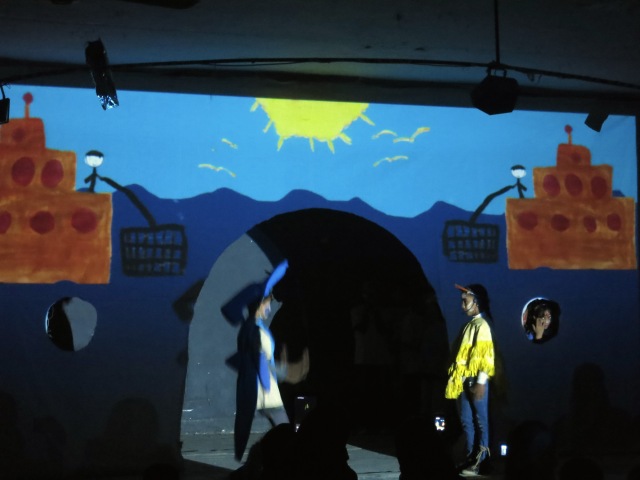


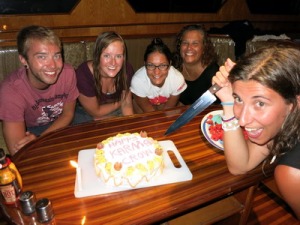




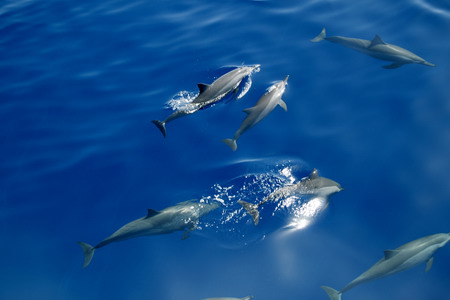

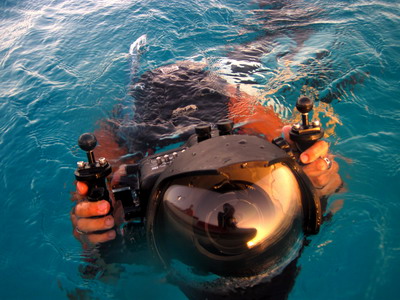










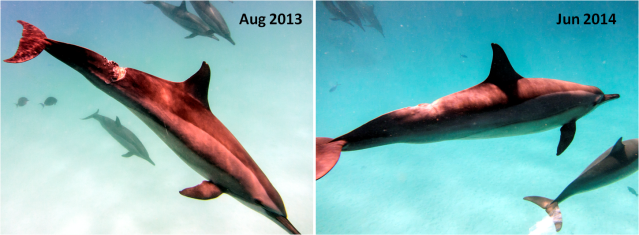



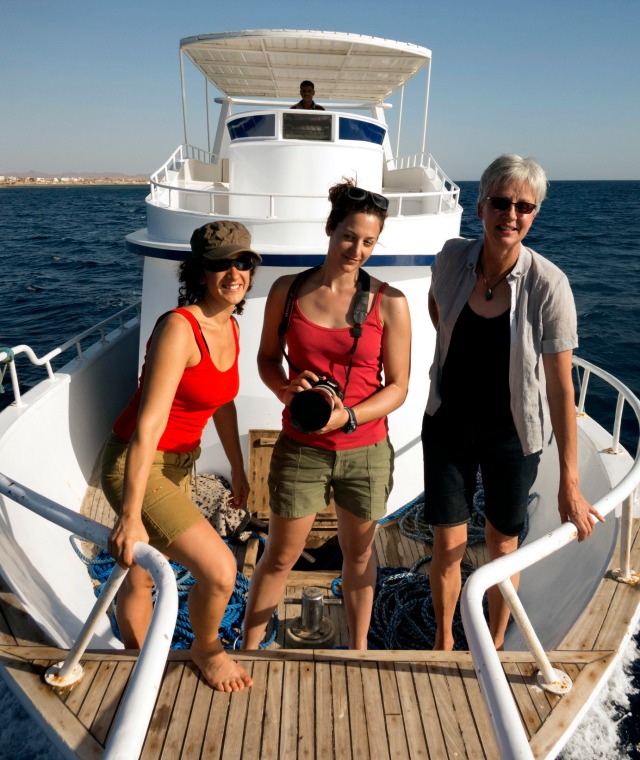


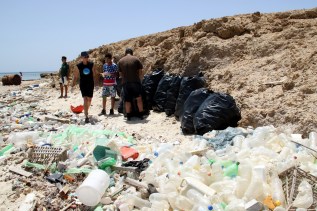

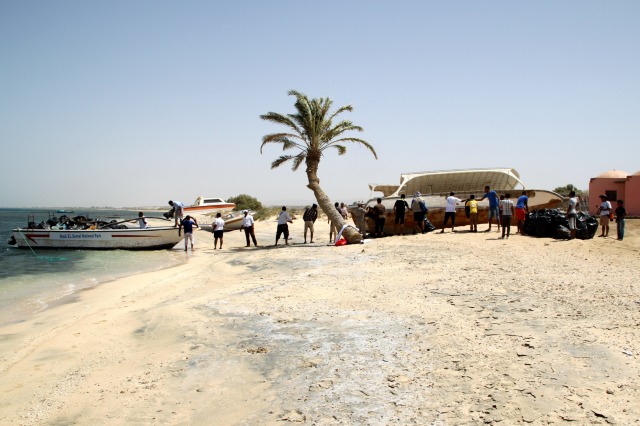
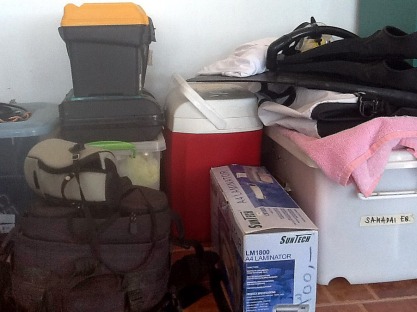
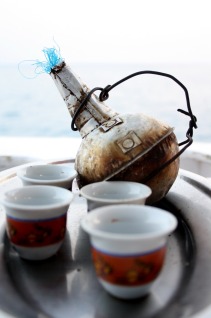

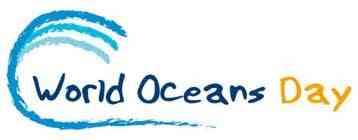



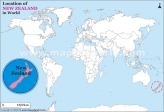

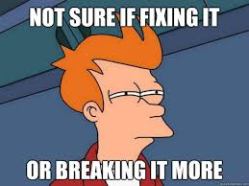

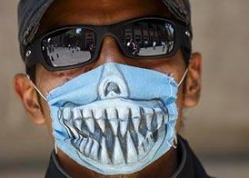







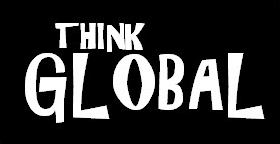

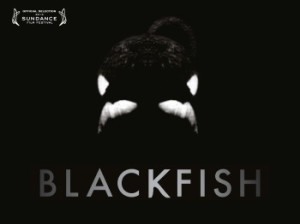


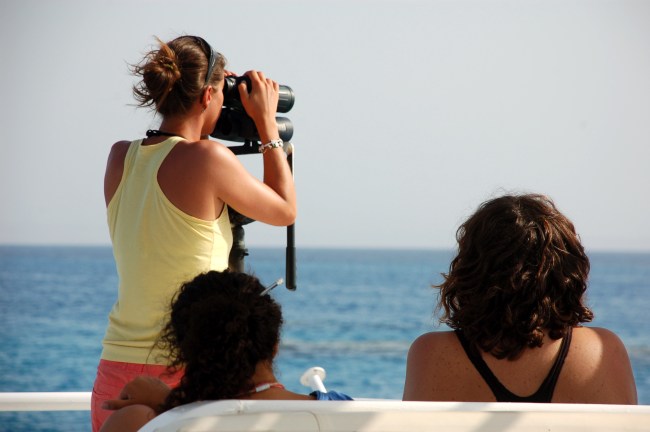



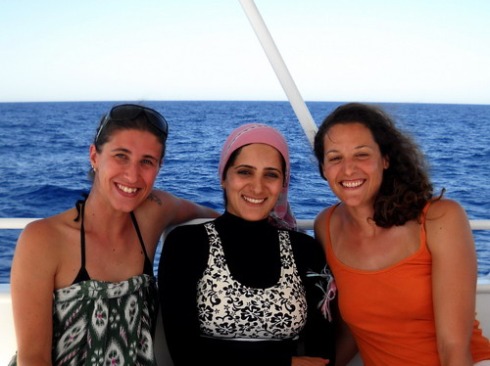


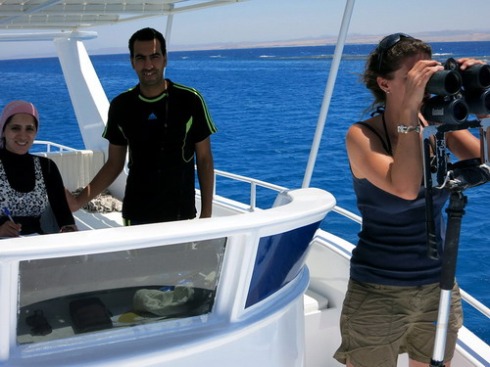
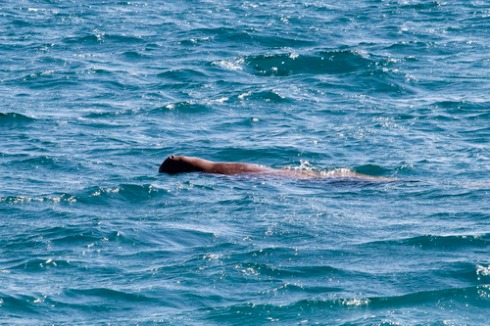




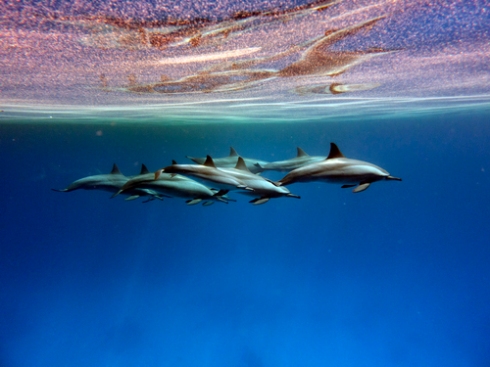




 I am preparing a document about our Samadai project and, these days, I am drafting a section on ecotourism and sustainable dolphin watching and swimming-with. I started a search for all information that would help me understand the reasons why we, humans, are so attracted by them, dolphins. I discovered a world of poetic and romantic legends dating back to the Ancient Greek and Romans as well as more remote indigenous cultures. I found stories of cooperation and help in which dolphins are pictured as gentle, smart, merciful creatures symbolizing respect, kindness, intelligence, often intervening to rescue humans or by them invoked for protection. The reader gets a sense of peaceful admiration and devotion for those creatures that have been chosen by so many authors and artists to embody so noble virtues. The human protagonist is often depicted a rank down the dolphin, increasing the appreciation for the cetacean.
I am preparing a document about our Samadai project and, these days, I am drafting a section on ecotourism and sustainable dolphin watching and swimming-with. I started a search for all information that would help me understand the reasons why we, humans, are so attracted by them, dolphins. I discovered a world of poetic and romantic legends dating back to the Ancient Greek and Romans as well as more remote indigenous cultures. I found stories of cooperation and help in which dolphins are pictured as gentle, smart, merciful creatures symbolizing respect, kindness, intelligence, often intervening to rescue humans or by them invoked for protection. The reader gets a sense of peaceful admiration and devotion for those creatures that have been chosen by so many authors and artists to embody so noble virtues. The human protagonist is often depicted a rank down the dolphin, increasing the appreciation for the cetacean.